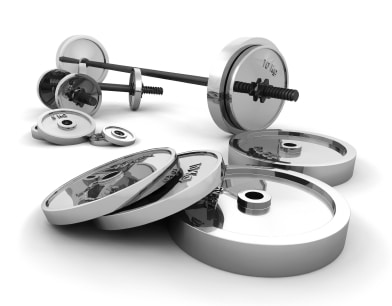Struggling with a Workout Plateau? One of the most frustrating things with exercise is reaching a workout plateau where you...

Struggling with a Workout Plateau? One of the most frustrating things with exercise is reaching a workout plateau where you...